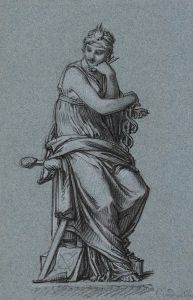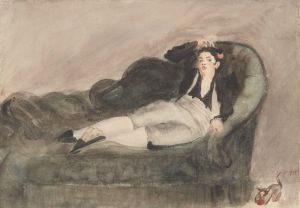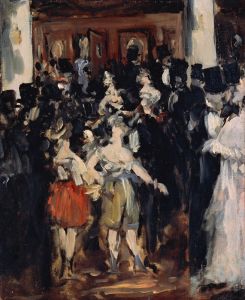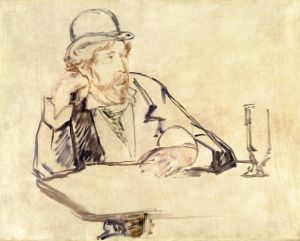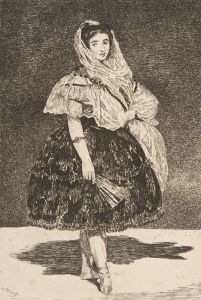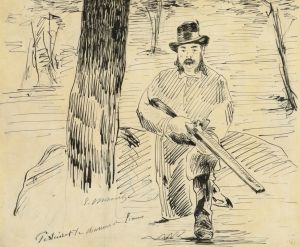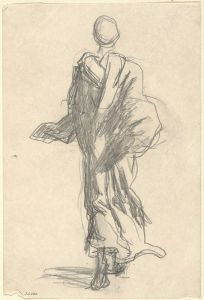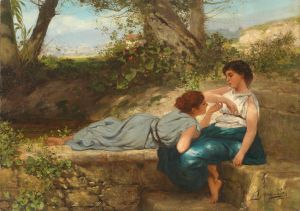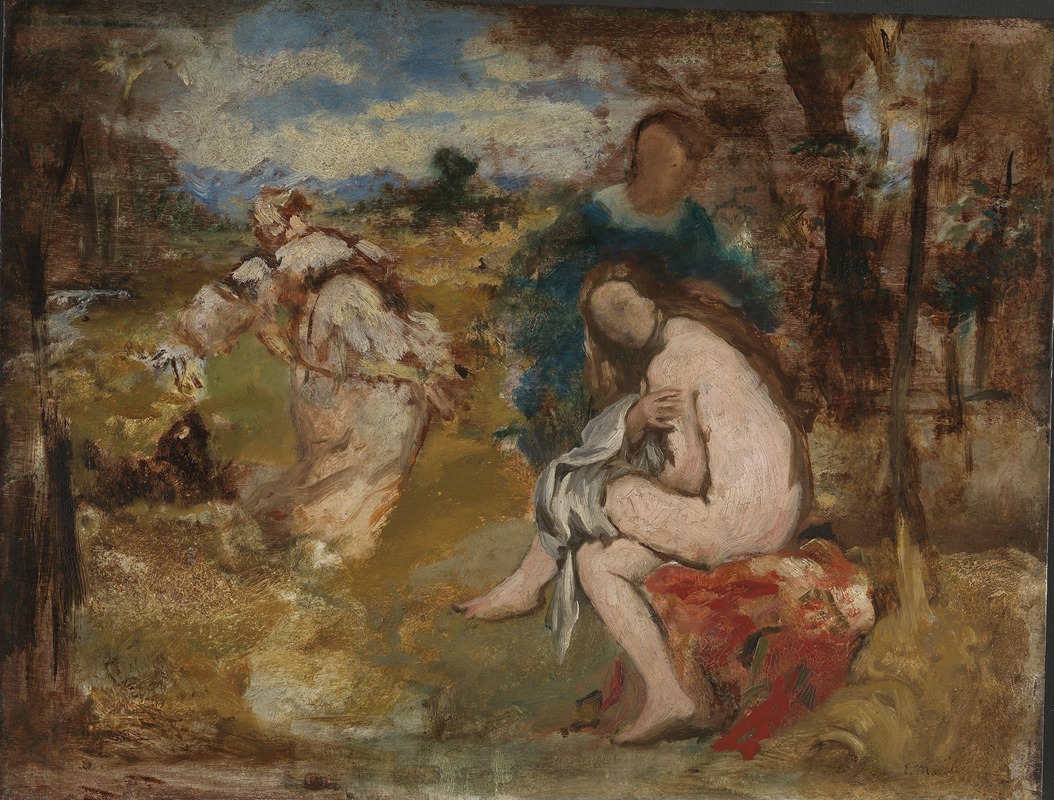
Surprised nymph
A hand-painted replica of Édouard Manet’s masterpiece Surprised nymph, meticulously crafted by professional artists to capture the true essence of the original. Each piece is created with museum-quality canvas and rare mineral pigments, carefully painted by experienced artists with delicate brushstrokes and rich, layered colors to perfectly recreate the texture of the original artwork. Unlike machine-printed reproductions, this hand-painted version brings the painting to life, infused with the artist’s emotions and skill in every stroke. Whether for personal collection or home decoration, it instantly elevates the artistic atmosphere of any space.
"Surprised Nymph" is a painting by the French artist Édouard Manet, created in 1861. Manet, a pivotal figure in the transition from Realism to Impressionism, is known for his innovative approach to painting and his role in the development of modern art. This particular work, "Surprised Nymph," exemplifies his unique style and his interest in classical themes reinterpreted through a contemporary lens.
The painting depicts a nude female figure, a nymph, who appears to be startled by an unseen presence. She is positioned in a natural setting, surrounded by lush greenery and a serene landscape. The nymph's expression and posture convey a sense of surprise and vulnerability, capturing a fleeting moment of interruption. Manet's use of light and shadow, as well as his loose brushwork, adds to the immediacy and intimacy of the scene.
"Surprised Nymph" reflects Manet's fascination with the human form and his ability to convey emotion and narrative through his subjects. The nymph's pale skin contrasts with the darker tones of the background, drawing the viewer's attention to her figure. This contrast also highlights Manet's skill in handling color and his understanding of the interplay between light and shadow.
The painting is notable for its composition and the way Manet integrates the figure into the natural environment. The nymph's pose, with her arms raised and her body slightly twisted, suggests movement and a sense of being caught off guard. This dynamic quality is a hallmark of Manet's work, as he often sought to capture moments of spontaneity and life.
"Surprised Nymph" also demonstrates Manet's interest in classical mythology and his ability to reinterpret these themes in a modern context. The nymph, a common figure in ancient Greek and Roman mythology, is traditionally associated with nature and often depicted as a symbol of beauty and grace. Manet's portrayal of the nymph, however, is more immediate and personal, reflecting his modern sensibilities and his desire to explore the complexities of human experience.
The painting was created during a period of significant artistic experimentation and innovation for Manet. In the early 1860s, he was beginning to develop his distinctive style, characterized by a bold use of color, a focus on contemporary subjects, and a departure from the highly detailed and polished techniques of academic painting. "Surprised Nymph" is an early example of these tendencies and provides insight into Manet's evolving artistic vision.
Today, "Surprised Nymph" is recognized as an important work in Manet's oeuvre and a significant example of 19th-century French painting. It is held in the collection of the Musée d'Orsay in Paris, where it continues to be admired for its beauty, technical skill, and emotional depth. The painting remains a testament to Manet's talent and his enduring influence on the development of modern art.





